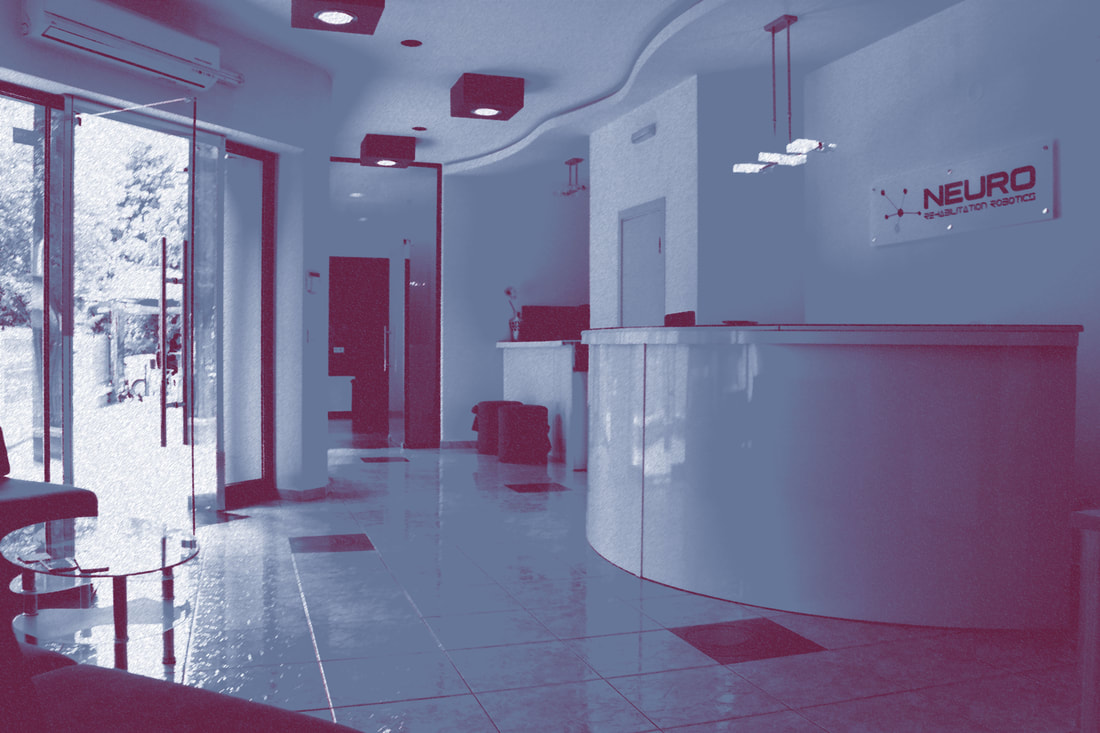|
Not science fiction
While rehabilitation robots have been around since the 80’s they still haven’t found widespread use in our hospitals, unlike the service robots that are quite common in our homes and factories. Rehabilitation with robots is nonetheless an established method recommended in many national guidelines. Robot-mediated therapy is showing promising results, quickly gaining traction and sparking interest among clinicians and researchers. This innovative rehabilitation practice makes it easier to create intensively repetitive, individually adaptive, and easily measurable physical training sessions. Essentially using key elements of motor skill training, the robots can be programmed to repeat actions with a specific target so that the patient can relearn a range of movements. In the context of stroke The number of stroke patients rises every year across high‐income countries and developing economies. While the medical ramifications of an aging population are considered obvious, it is important to note that the number of people at risk has been growing sharply for all age groups and ethnicities. These days there is a much higher probability of stroke for young adults. Factors like stress and health conditions that increase stroke risk are on the rise. According to the WHO, stroke is the second leading cause of death and the third leading cause of disability in the world. Rehabilitation therapies for stroke patients require prolonged sessions in inpatient units. Successful rehabilitation depends on having access to a rehabilitation center and being able to commit to intense occupational and physical therapy 5 to 6 days per week. Working therapists are overwhelmed by the increasing numbers of patients. Training specialized medical personnel to deal with the challenge will be costly and will take time. Economic factors and clinical outcomes Using robot devices for rehabilitation will help with the shortage of therapists today and prevent bigger obstacles tomorrow. Research on the development of upper limb rehabilitation robots is particularly promising. Important aspects of rehabilitation training can be replicated adapting the robots for high-intensity functional exercises. The devices are created to support a wide array of movements, from flexing elbows vertically to extending and flexing shoulders elbows horizontally. Most models deliver forces to the subject’s limb while working movements of the arm that involve several joints. Robot devices for rehabilitation will support therapists for inpatient and outpatient care. Some are portable and can even be rented and used from the patient’s home with minimal guidance. Looking into the economic benefits of this kind of rehabilitation is important, research on clinical outcomes even more so. A study[1] performed in Germany, revealed that robotic group therapy would cost less than half per session than the standard individual arm therapy, and would have largely the same results. Purchasing robotic devices is limited by their high cost, but if they are used in new forms of clinical practice where therapists can assist a larger number of patients at the same time, the benefits will outweigh the costs. It would allow a greater number of patients access to high-quality treatment while lowering health care costs. Rehabilitation robotics – therapies that work Robot-mediated therapies used for the recovery of the upper limb have been commercially available for some time. Since the early 90’s robotic devices have been available to clinics and hospitals, the most familiar models were the MIT-Manus (the American InMotion Arm Robot) and the Swiss-made Armeo Power. The more we see evidence that robotic rehabilitation consistently improves patient outcomes, the more widespread their adoption will be. Robot-therapy for stroke survivors is associated with consistent improvements in arm function, upper limb motor function and strength. Robotic devices can replicate regimens designed by therapists and administer them as many times and for as long as they are needed. They can provide interactive training that is adjusted over time. From high-intensity sessions to task-specific and goal-oriented training, rehabilitation robots offer versatile and adaptive regimens. This intensive motor training with robotic devices for patients recovering from stroke will become increasingly available in rehabilitation centers. As more patients have access to treatment that improves their quality of life at a lower aggregate cost, savings in healthcare will free up resources for other critical areas. In the meantime, more research and clinical studies are needed to further corroborate the positive results of robotic devices used in rehabilitation. If you wish to read more on these innovative therapies, here are some links to interesting studies:
Footnotes:
|
|
|
Hours: Monday - Friday: 8am to 6pm Saturday - 8am to 2pm |
About us:Neurorehabilitation Robotics Ltd. is a private company focused on delivering effective and measurable primary care to patients suffering from different forms of neural damage by supplementing traditional therapy with robotics-assisted protocols.
|
|
Neurorehabilitation Robotics Ltd
|


 RSS Feed
RSS Feed
